Names On Tapes are a new duo whose combined influences lead to a unique and fascinating sound. Neil Kleiner is an electronic composer and jazz musician who previously played in an electronic folk band named Dark Captain Light Captain. Kleiner has also worked with the likes of Steve Reid (the late, renowned jazz drummer) and Four Tet, and mostly provides the electronic sounds and textures here. Stacey Hine, on the other hand, is an avant-garde guitarist, performing with the Sailplanes and Mihai Cucos Trio, among others. Hine's interests lie more in creating interesting sounds from her guitar through such techniques as alternative tunings.
Combining Kleiner's interests in artists as varied as Autechre, J Dilla, and free jazz with a shared love for acts such as Sonic Youth and Tortoise, you can perhaps see where the seeds of this band's sound may have originated. Although you wouldn't necessarily be wrong, you still won't quite be expecting the direction this new experimental collaboration has taken. The glitchy world of mid-nineties IDM and electronica is the result, and it's glorious. I recently sat down to talk to them about this, the origins of the group, and their debut album, We Weren't Programmed for This.
The conversation has been lightly edited for length and clarity.
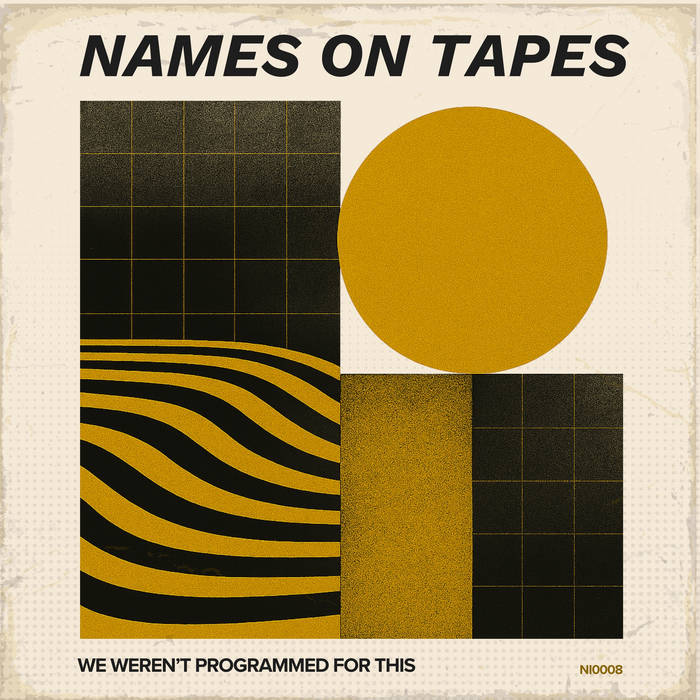
Mykadelica: First of all, having listened to your previous content separately, what you do together as Names On Tapes seems very different. I get the idea it was darker and much more electronic. So would you like to give us a bit of an introduction and tell us about your sound?
Neil Kleiner: I guess we've both been doing music in various guises for a very long time.
Stacey Hine: Very guitar-based, verse-chorus-type things with structure.
Neil: Yeah, guitar-based stuff through to free jazz. I think the electronic stuff is something that I personally explored a lot. Dark Captain Light Captain, the band I used to be in—I played similarly with synthesizers and electronics. But that was in the context of alternative rock, alternative folk kinds of sounds. Songs with choruses and harmony.
This thing, Names On Tapes, came about because we started swapping music files. As I was going through the process of writing songs for the original project [The Derns, an alternative rock project both also work on together], I started writing these weird instrumental things. At first, I thought, are these Derns songs? Not sure. Because we worked so well on the other project, I said, "Hey, Stacey, play guitar on this stuff and see what it sounds like." And as that progressed, it kind of felt very natural, you know. We work well as a musical partnership. It felt like this is the kind of record I think I've always wanted to make: something which uses sound and instrumentation in a way that felt quite unique.
I think technology has also come a long way since I started playing with the very first version of Ableton, a very long time ago, and other music software. These tools have become much better and quicker to articulate what is in my head, and also incorporate live elements too.
You know, the processing power of laptops and computers and samplers means that we can take these kinds of quite complex sounds and make them quite improvisational and let things play out. Certainly, that seems to be how you approach guitar, right?
Stacey: Yeah, I mean, it's very different for me because I haven't come from that sort of background. It's been quite straightforward alternative rock. So it was more of a challenge when you were sending over these abstract pieces, trying different textures and sounds. So it was more of a challenge for me just to bring in guitar, especially with my recording, which is very basic compared to Neil's setup. There's so much you can do in your bedroom now. So it was a good challenge. There were songs where I've said guitar doesn't work; we should just have that track as it is. So it's kind of knowing where you can embellish, where you can bring some extra texture into it. It's been interesting for me, especially as prior to this, what I was doing was as a trio. I don't read music, but it was set up; there was a score, a piece to play. This is definitely more abstract and daunting, but fun.
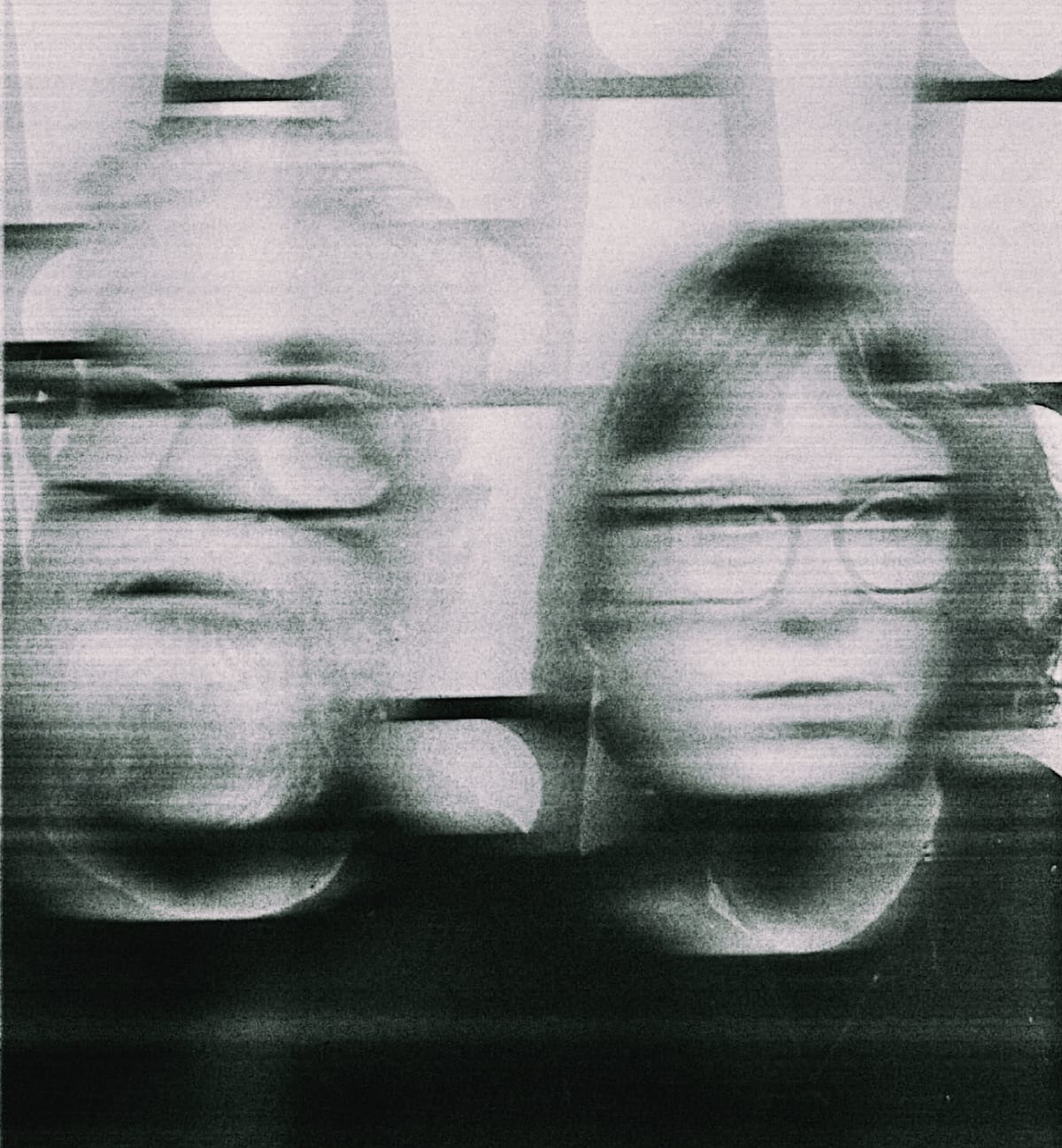
Mykadelica: How did Names On Tapes come about?
Neil: For background, Stacey and I have known each other for twenty-five-ish years. We have been friends for a long, long time. You were in the Sailplanes at that point, which was a sort of Sonic Youth guitar-y thing. Was I in Dark Captain Light Captain?
Stacey: You had just formed, I think. Yeah, it was around that time.
Neil: So yeah, we've both done different projects since then. This, Names On Tapes, all happened very, very quickly. We started talking again after a long gap, in January this year. We were just catching up on life. I hadn't done any music in a long time. I'm awful at making stuff on my own. I need someone to bounce off, so we got to "maybe send me some guitar riffs."
So that happened in February. So, from February to now, we formed The Derns, and then we formed Names On Tapes. Yeah, so the way we work is very quick. I think both projects have a really defined vision.
We started rehearsing live, but all the songs were essentially file sharing. I would sometimes start with a song that was 90 percent there, with just a bit of space for Stacey to play on top of. Sometimes there was a bit more for a bit of back-and-forth.
Stacey: I would try to mix it up and sort of try to find a different angle, come up with different guitar tunings. That's been really good. Definitely with Names On Tapes, Neil has the structure, and I just add parts here and there. Then it'll go back to him, and he'll put it into another structure. So he'll have the bare bones, and I'll add some bits.
Mykadelica: Where did you come up with the name Names On Tapes?
Neil: I think some people have thought it's kind of a reference to nostalgia. It's not really. I think it's about the idea of the frailty of memory, this idea of names on tapes being quite evocative of an emotional moment, the minute you want to save. How those ideas and those memories can degrade over time. And over time, you start to remember things differently. Memory starts to replace, or there are gaps in it. So this idea of tapes being representative of—not nostalgia, but something that's just quite fragile—is working.
Stacey: I think that when I initially heard the pieces sent over, they sounded dystopian. I could hear a film, like a film soundtrack, something sort of delicate but also harsh. It's just a good contrast. And yeah, I can hear the fragile elements in it. It's almost like my guitar is an artifact on that tape, so I'm just bringing in these little weird bits.
Neil: That's sometimes how I treat the guitar as well. Your guitar is often kind of a lead instrument, or it's a rhythm instrument. For me, with all the complex sound design and software that's going on, the guitar adds an element of humanity, which is an important juxtaposition. It's not consistent sometimes for the songs; it just pops up at some points, and then there are breaks and gaps, and it is the continuation of this idea of memory breaking.
Mykadelica: So, what influences your work in this particular project? Anything surprising?
Neil: I've always found glitchy music and complex beats to be really relaxing. Some people find it crazy; I find that kind of stuff makes me feel quite calm. In exactly the same way, having spent a big chunk of my music career in the jazz world, free jazz drumming is exactly the same thing to me. I don't feel it's noise—although it can be used in a noise rock context—I find it actually really expressive. Whilst I have no problem at all with four-to-the-floor house beats, for this project, the kind of glitchiness to me was calm, but it also has this idea of reflecting complexity.
So influences: definitely Tortoise, a band that have mixed interesting software and hardware, electronic instruments, but also jazz, jazz drumming, and brass. The guitarist from Tortoise, Jeff Parker, plays the same role, I think, that Stacey plays in Names On Tapes, this lovely human element when you're dealing with 808 beats around it. Definitely early Warp Records, Autechre. The pieces that we are writing for the next release are longer still, and I think Autechre has been an influence on that, in that their pieces have got longer and longer. There's something about that suspension of mood and narrative through instrumental music.
Stacey: Basinski's Disintegration Loops.
Neil: Yeah, Basinski's Disintegration Loops as well. Basinski is someone—if you haven't heard that record, you should definitely experience it once in your life. There's something beautiful about the function of those loops degrading over time. Definitely a conceptual influence, if not a musical one, on the project. Sonic Youth, Unwound, and Fugazi as well—all that noisy guitar stuff. Again, a lot of the newer songs coming in are a bit noisier on the guitar side of things.
Mykadelica: I will say that some of the tracks on the new album are very soundscape-y. Will you keep them as recordings or try to do them live? One particular track, "Default State," starts ambient but turns almost into a dance track by the end, which could possibly work in clubs. So, where would you ideally like to perform these tracks? They could almost fit both in art galleries or clubs.
Neil: If I'm honest, I think "Default State," whilst I like it as a track, I think it kind of sticks out a little bit on the album because it's a banger. I think we are definitely exploring more soundtrack-y stuff. I love playing live; I love gigs; I love audiences. The idea of a kind of improvisational remix setting with visuals and a really loud PA—I'd love that.
Mykadelica: "The Portals" is actually my favorite track.
Neil: Nice! That was one of the last songs.
Stacey: Was that the one I call the Delia Derbyshire?
Neil: No, no, no! That was the last song. "The Portals" is the second-to-last song on the record, with the wonky hip-hop element. I love hip-hop producers like Madlib and J Dilla. I love what they do and the almost dogmatic approach to using Boss SP-303 samples. I was thinking about the variety and moving the record away from too much glitch into something that felt more of a consistent beat, but still in a weird way.
Stacey: It's got that kind of dragging feel to it.
Neil: That's one I'd love to play live.
Mykadelica: "Monolith" has a very sci-fi, dystopian soundtrack feel to it. I could imagine it in a new Blade Runner movie.
Neil: Yeah, "Monolith" is a reference to 2001, so the science fiction influences are not that hidden! Cronenberg is one of my heroes. But I think just as much as science fiction, David Lynch is a consistent kind of influence in terms of not just being a creative person but also musically. He's a really underrated musician. Angelo Badalamenti gets a lot of justifiable respect for the Twin Peaks music, but it was that partnership with him and David Lynch that made it happen. The clarinet elements and jazz elements come through as well.
Mykadelica: What's next? Where are Names On Tapes headed with future recordings?
Stacey: We're going to bring in even more eerie sounds! Make it more dramatic.
Neil: We're two songs into the next release. It's gotten longer; it's gotten weirder; and there's more clarinet. Whilst this band is absolutely and always will be me and Stacey, I think it would be nice sometime in the future to play with a brass or woodwind section. There's something nice about the way experimental saxophonists can play, where you get these overtones and sparks and distortions, which is a sound I was always into when I was doing free jazz with Steve Reid. I think it seems to be a bit more of a theme for this next lot of music. It's still very electronic. It's still got Stacey's lovely guitars, but the last song we finished has like doom jazz chords as well. It's getting louder!
Stacey: Maybe we need two drummers.
Neil: Yeah, anything, everything can add to it. Definitely bigger, longer, weirder, more woodwind, more doom.
Check out more like this:
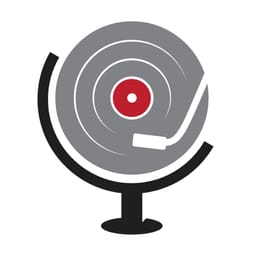 The TonearmSara Jayne Crow
The TonearmSara Jayne Crow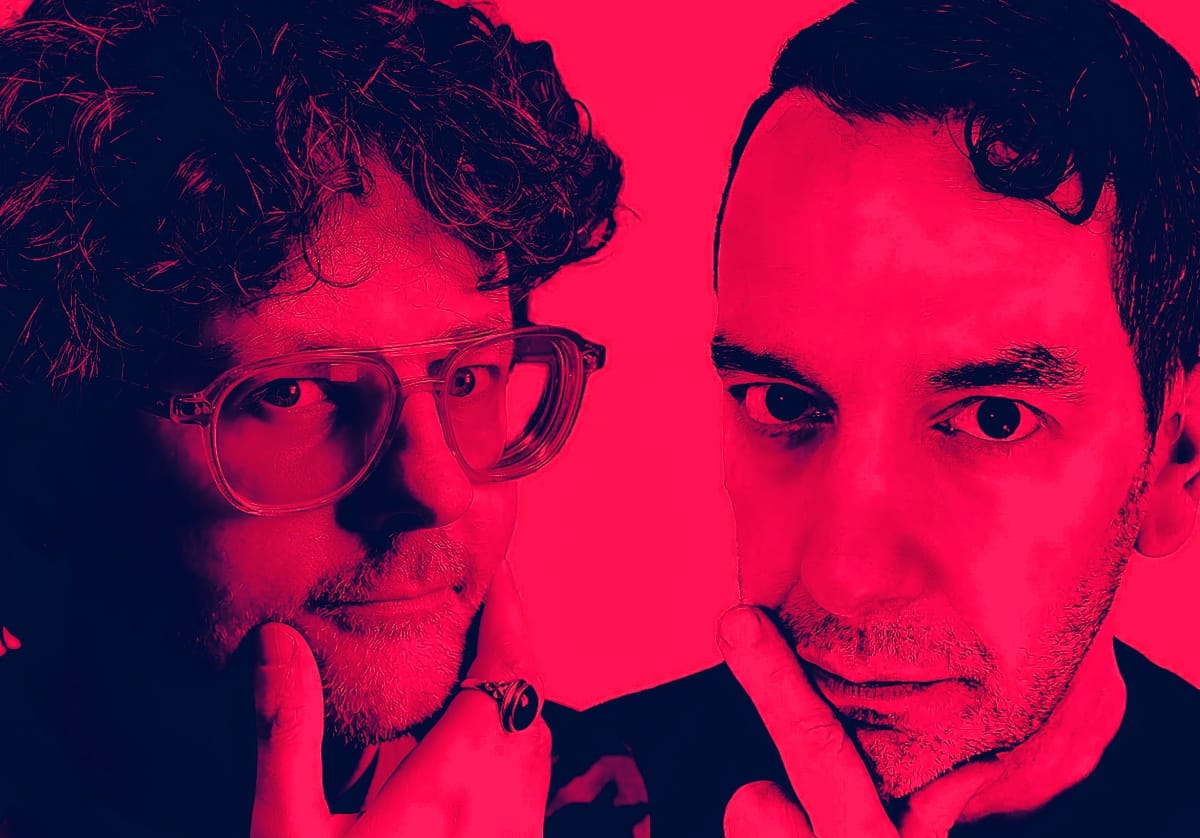
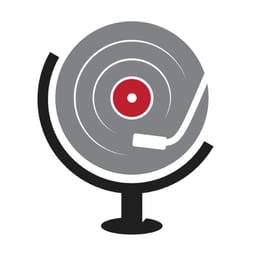 The TonearmMichael Donaldson
The TonearmMichael Donaldson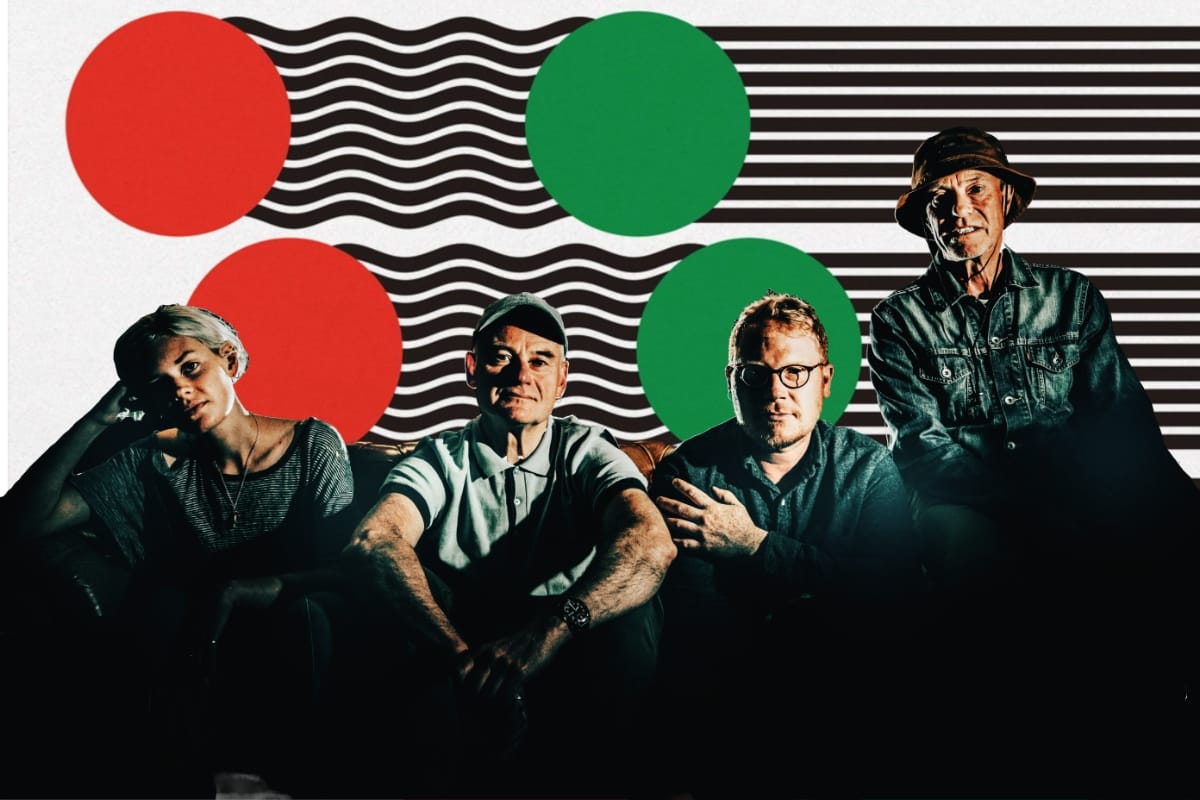


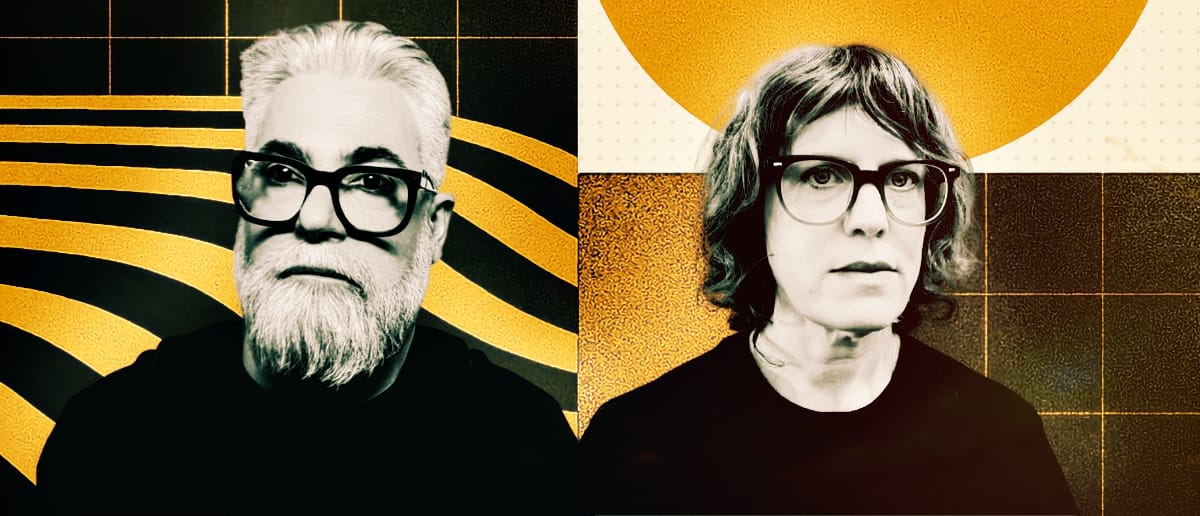
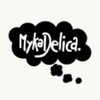
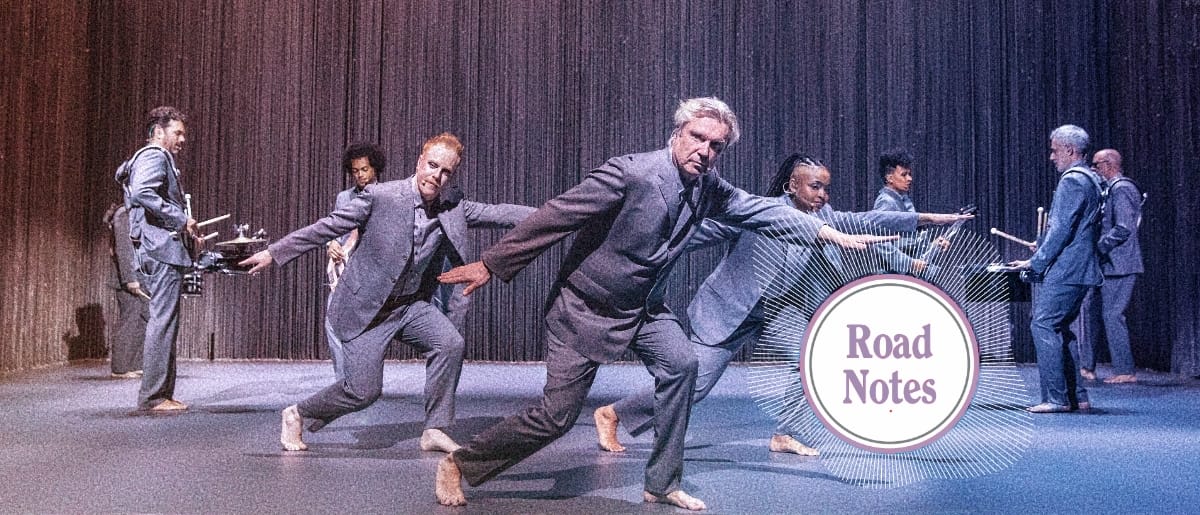
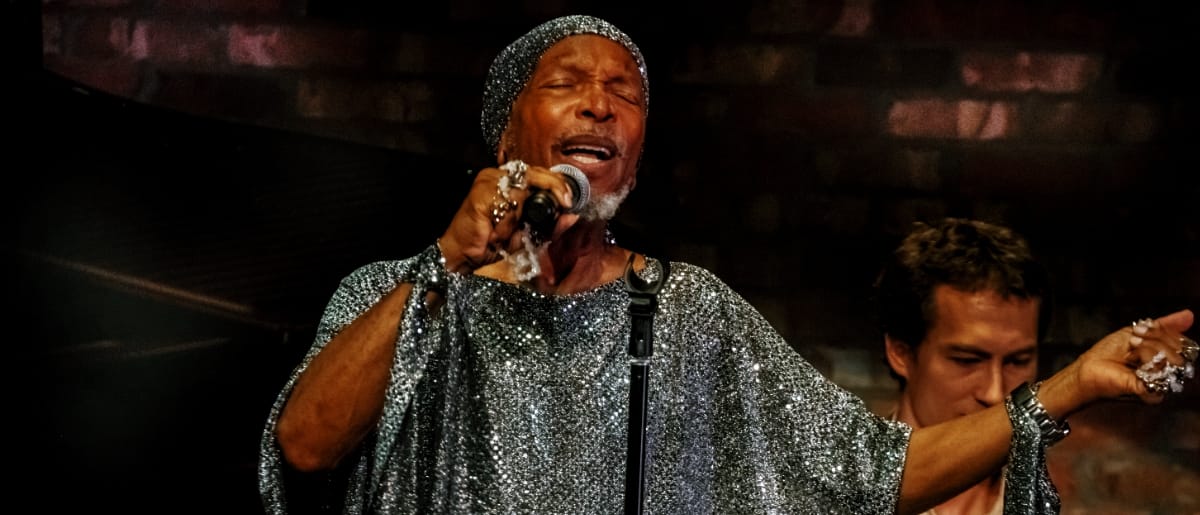
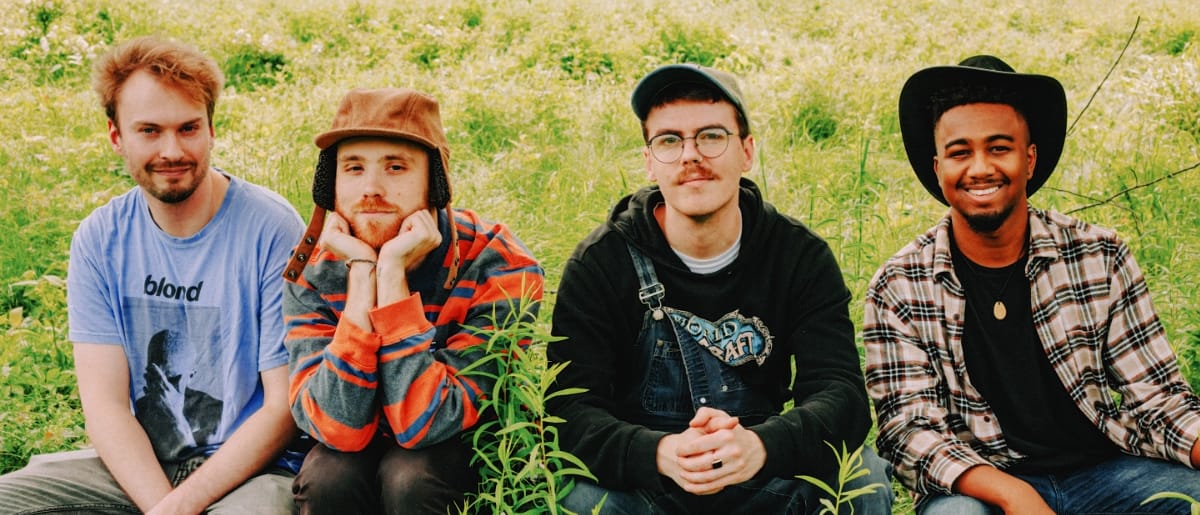
Comments